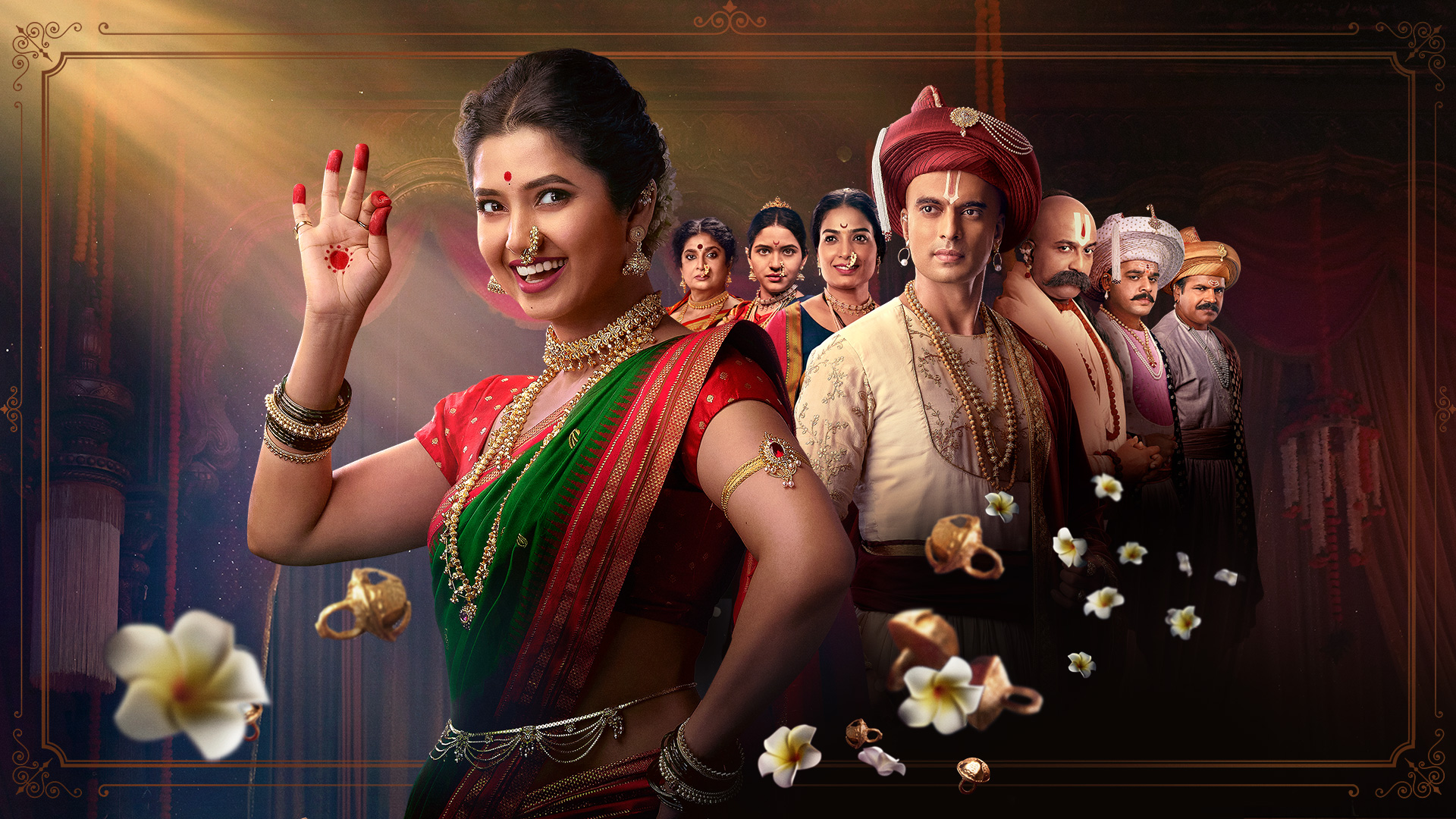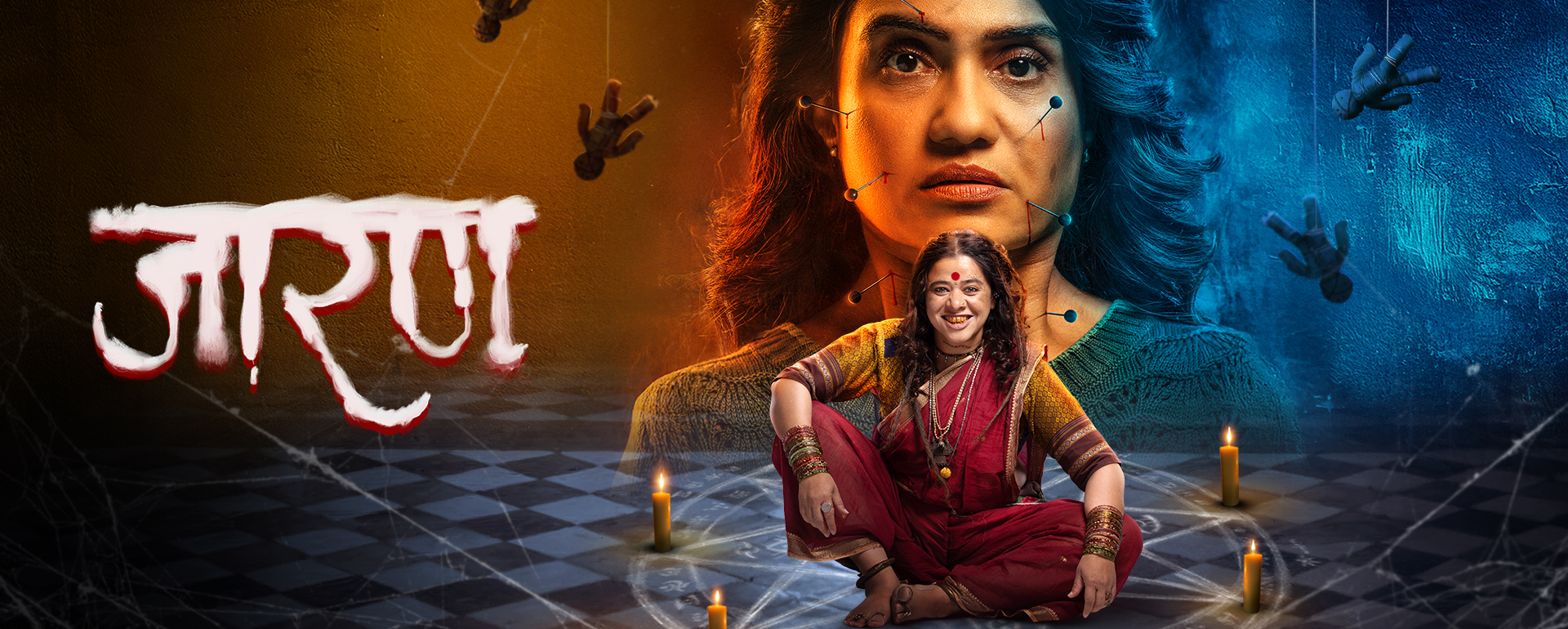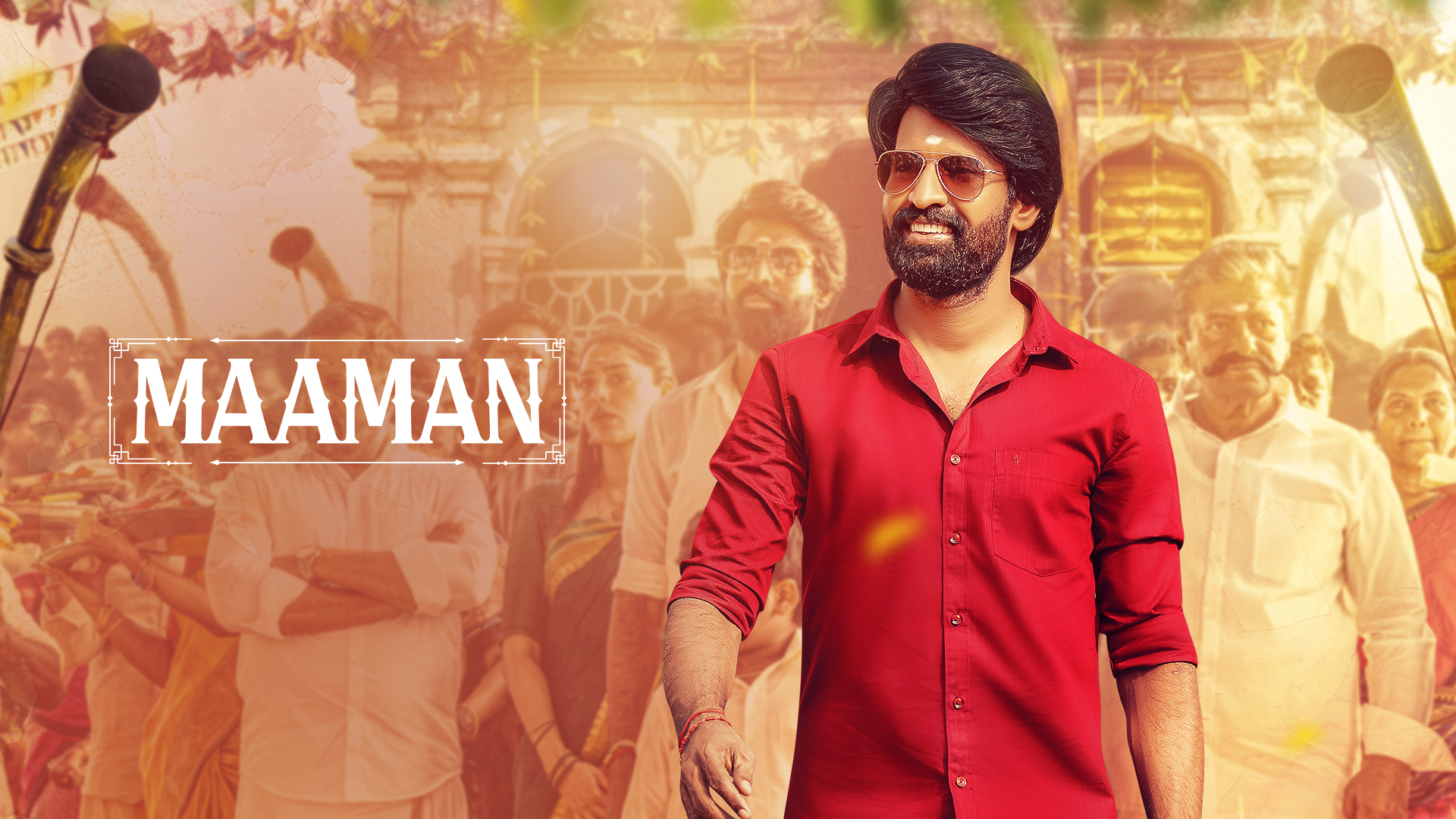Cut the noise, keep the gems. Here are seven razor-sharp Period Dramas that show Indian cinema flexing in courts, on battlefields, through folk legends, and in full-blown myth mode. Not a “greatest ever” puff piece—just a crisp, no-nonsense guide with exactly enough context to spark your next play.
Quick reference table
| Title | Year | Language | Primary era/setting | Director |
|---|---|---|---|---|
| Phullwanti | 2024 | Marathi | Peshwa court (18th c.) | Snehal Pravin Tarde |
| Har Har Mahadev | 2022 | Marathi | Battle of Pavan Khind, 1660 | Abhijeet Deshpande |
| Maurh | 2023 | Punjabi | Malwa, 1885–1893 | Jatinder Mauhar |
| Bimbisara | 2022 | Telugu | 5th-century BCE Magadha ↔ modern Hyderabad | Mallidi Vassishta |
| RRR | 2022 | Telugu (multilingual) | 1920s British Raj (fiction around real figures) | S. S. Rajamouli |
| Fatteshikast | 2019 | Marathi | Lal Mahal raid, Pune (1663) | Digpal Lanjekar |
| Mughal-e-Azam | 1960 | Hindi/Urdu | Akbar’s reign, 16th c. | K. Asif |
1) Mughal-E-Azam (1960, Hindi/Urdu)
Start where the template was carved. K. Asif’s epic sets its love story—Prince Salim and the court dancer Anarkali—inside Akbar’s empire, and then stages everything with near-operatic scale: marble corridors, mirrored palaces, Naushad’s score, and the still-shiver “Pyar Kiya To Darna Kya.” Prithviraj Kapoor (Akbar), Dilip Kumar (Salim), and Madhubala (Anarkali) anchor performances that have become shorthand for “period spectacle” in Hindi cinema. It was the highest-grossing Indian film of its time, and the 2004 colorized re-release brought a new generation back to the Sheesh Mahal. If your idea of a period drama is court politics in silk and steel, this is your baseline.
What to expect: Courtly ritual, visible power dynamics, and a love story whose stakes are explicitly political.
Good entry point if you’re new to classics: Watch the colorized theatrical cut; the restoration retains the grandeur without losing texture.
2) Fatteshikast (2019, Marathi)
Digpal Lanjekar’s historical recreates one of the most audacious operations in Maratha–Mughal history: Shivaji’s 1663 night raid on Lal Mahal in Pune, which left Mughal subahdar Shaista Khan injured and the local power equation rattled. Chinmay Mandlekar’s Shivaji is tactical first, devotional second—closer to field commander than hagiography. The filmmaking is straightforward and mission-centric: footprint maps, disguises, and the kind of indoor combat that lives on timing rather than scale.
What to expect: A compact, raid-movie structure that treats the episode like an early “special ops” template.
Pair with: Farzand (2018) from the same cycle for continuity on Maratha campaigns.
3) Har Har Mahadev (2022, Marathi)
Abhijeet Deshpande’s film is built around the Battle of Pavan Khind (13 July 1660)—Baji Prabhu Deshpande’s last stand that allowed Shivaji to reach Vishalgad after slipping the Adil Shahi siege. Subodh Bhave plays Shivaji; Sharad Kelkar’s Baji Prabhu gives the film its grim heartbeat. The numbers you’ve heard—hundreds of Marathas holding off vastly larger forces—are the dramatic spine here, and the staging leans into attrition: dwindling arrows, drumbeats that slow, a pass that becomes a character.
What to expect: A war picture that understands terrain and fatigue.
If you like process: The planning around the Panhala escape and decoy movements is the meat.
4) Maurh (2023, Punjabi)
Jatinder Mauhar turns regional folk history into widescreen cinema with the story of brothers Kishna and Jeona Maurh—outlaw-folk heroes from the Malwa belt in the late 19th century. Ammy Virk and Dev Kharoud split the leads across a timeline that runs through sand, salt and colonial paperwork. The film’s interest is how oppression gets enforced locally (moneylenders, land, informers) and how resistance acquires legend. It’s not a courtroom drama and not a siege movie; it’s a regional chronicle with dust, songs, and a ledger of grief.
What to expect: A period biographical drama with folk-ballad energy, set roughly 1885–1893.
Why it matters: Punjabi cinema rarely gets to mount folk narratives at this scale, and this one respects place and accent.
5) Bimbisara (2022, Telugu)
Historical name, fantasy engine. Debutant Mallidi Vassishta imagines the ruthless Haryanka-dynasty king Bimbisara (5th century BCE) yanked into present-day Hyderabad via a cursed mirror. Nandamuri Kalyan Ram plays dual shades of the monarch—conqueror then penitent—while M. M. Keeravani’s score does the time-travel glue. This is not a classroom biopic; it’s a commercial fantasy that uses an actual ruler’s name to ask a first-principles question: if a king sees the moral consequences of his rule, does redemption count?
What to expect: Two timelines, punchy action, a redemption arc that bridges eras.
File under: Period texture meets speculative fiction; honest about its invention.
6) RRR (2022, Telugu; multilingual)
S. S. Rajamouli made a global hit. He creates a fictional friendship between two real revolutionaries—Alluri Sitarama Raju and Komaram Bheem—who fight the British Raj and the Nizam in the 1920s. Ram Charan and N. T. Rama Rao Jr. split the film down the middle: one undercover within the colonial machinery, the other the forest-born rebel. It’s maximalist cinema that still tracks cleanly: set-piece as story beat, song as plot, and the historic firsts—“Naatu Naatu” winning the 2023 Academy Award and Golden Globe for Best Original Song—cementing its place outside India too.
What to expect: Operatic action anchored by clear emotional math.
If you care about accuracy: The men are real; the events are a deliberate fiction.
7) Phullwanti (2024, Marathi)
A newer Marathi period drama that focuses on performance culture—specifically a Lavani artist in the Peshwa era—and the social-moral crosscurrents of court and society in 18th-century Pune. The film’s value is the vantage point: instead of marching to battlefields, it looks at how art, patronage and orthodoxy rub against each other inside a darbār. When period cinema steps away from kings and commanders to show the ecosystem around them, you get texture; that’s the lane this one chooses.
What to expect: Dance-drama framing with courtly detail rather than campaign maps.
Why include it: It fills a gap—Marathi period films often center warfare; this one centers culture.
How to watch smart (and in what order)
Begin with a cornerstone: Mughal-E-Azam for language of spectacle and court politics.
Move to campaigns: Fatteshikast (tactical raid) and Har Har Mahadev (attrition at a mountain pass) to see how Marathi cinema treats operations.
Switch regions: Maurh for Punjabi folk history at feature scale.
Open the lens: RRR for pan-Indian pop mythmaking that wears its fiction proudly.
Try a speculative bridge: Bimbisara for the “period meets present” thought experiment.
Close on culture: Phullwanti to round out the court-and-arts perspective.
Why these seven make a useful set
Together they cover the main modes of Indian period storytelling:
Court and culture (Mughal-E-Azam, Phullwanti): etiquette, performance, and how private feelings become public stakes.
Campaign and operation (Fatteshikast, Har Har Mahadev): maps, morale, logistics, and cost.
Folk chronicle (Maurh): region, dialect, land, and the memory that becomes legend.
Mythic retelling (RRR, Bimbisara): known names, invented events, and the big-canvas grammar that moves crowds.
No padding, no grand claims—just a lineup that tells you what each film is, what lane it runs in, and why it belongs on a serious period-drama watchlist. If you’re building a weekend plan, pick one from each mode. You’ll get courts and corridors, passes and raids, dust and drums, song and steel—and a clearer sense of how Indian cinema keeps rewriting history on screen, sometimes faithfully, sometimes fabulously, always with a point of view.
Bio of Author: Gayatri Tiwari is an experienced digital strategist and entertainment writer, bringing 20+ years of content expertise to one of India’s largest OTT platforms. She blends industry insight with a passion for cinema to deliver engaging, trustworthy perspectives on movies, TV shows and web series.




